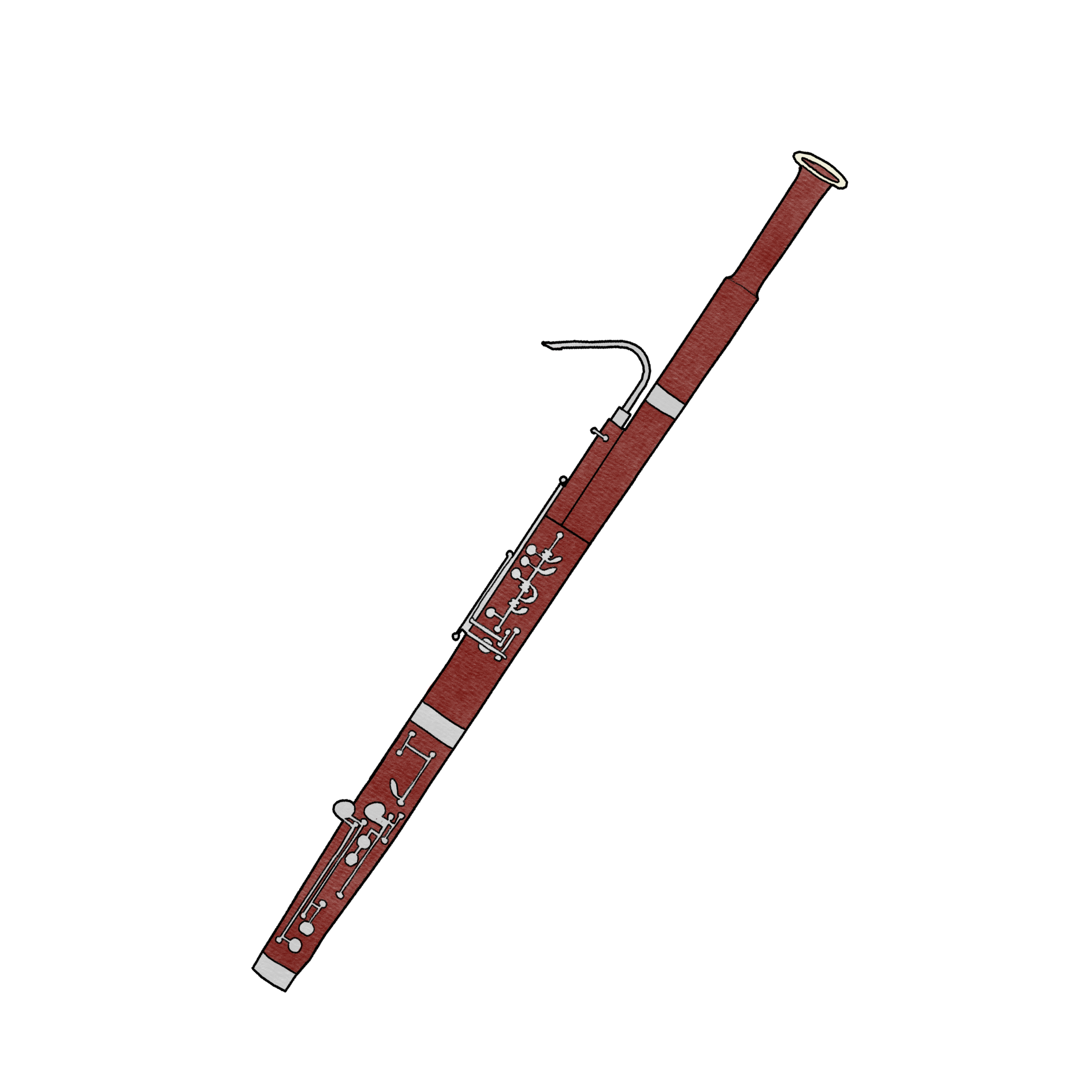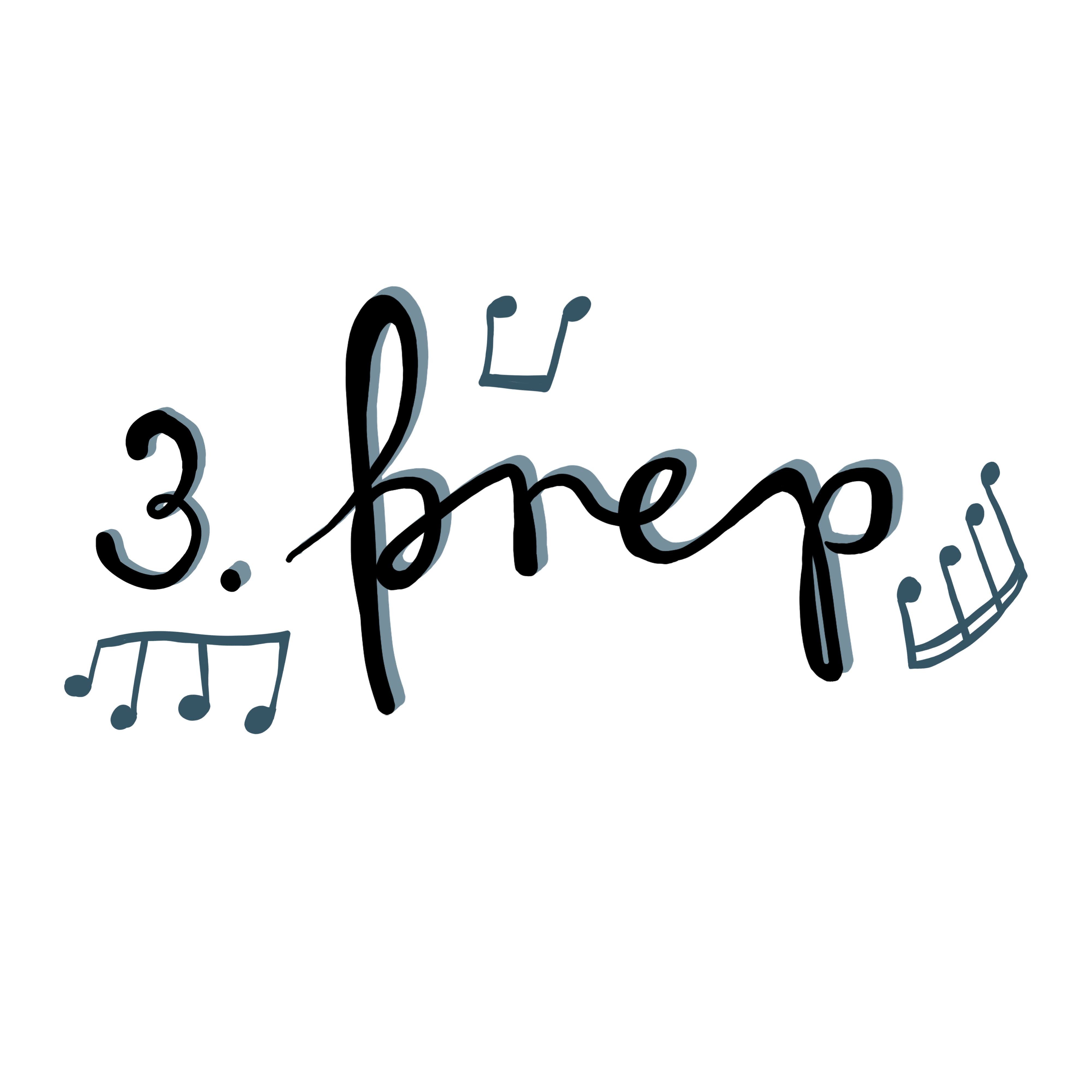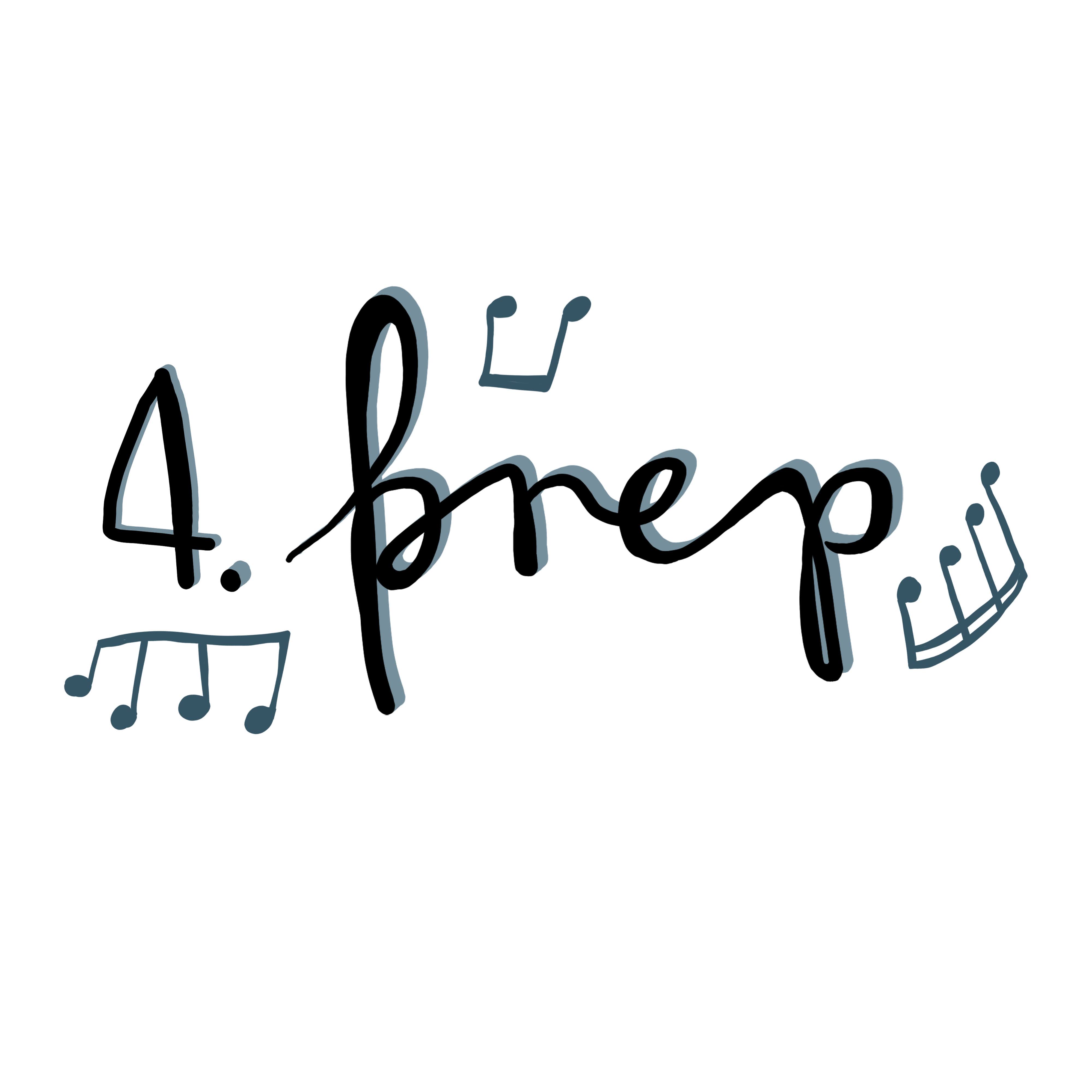Learning objectives - Bassoon

The bassoon is a large instrument, and students need to have reached a certain physical maturity to handle it. This is especially true for the hands, which need to be a minimum size. Typically, students need to be around 12-13 years old to start learning the bassoon. It's recommended that students intending to play the bassoon learn another instrument first to, among other things, become skilled at reading music.
Level 1
Range: E – g

Scales
| Range | One octave |
| Tempo | M.M = 96, scales played in quarter notes |
| Scales (Choose two out of four) |
G major, F major, E minor, chromatic (type of minor scale is optional) |
| Triads | In all the above keys |
| Chromatic | E – c |
Works and exercises
| Piece | "Kvölda tekur" from Melodinord (or a similar piece) |
| Practice | Sludge Pump from 25 pieces, (or another similar exercise) |
| Option |
|
| Sight reading | Play a song from music you've not seen before |
| Study material |
|
Level 2
Range: C – c’

Scales
| Range | One octave |
| Tempo | M.M = 120, scales played in quarter notes |
| Scales (Choose two out of four) |
G major, F major, B-flat major, E minor, A minor, Chromatic (type of minor scale is optional) |
| Triads | In all the above keys |
| Chromatic | c – c’ |
Works and exercises
| Piece | , (or a similar piece) |
| Practice | Exercise No. 6 from Weissenborn op.8, (or another similar exercise) |
| Option |
|
| Sight reading | Play a song from music you've not seen before |
| Study material |
|
Level 3
Range: C – c’

Scales
| Range | One or two octaves, within the given range |
| Tempo | M.M = 80, scales played in eighth notes |
| Scales | G major, F major, B-flat major, C major, E minor, A minor, G minor, D minor, Chromatic (type of minor scale is optional) |
| Triads | In all the above keys |
| Chromatic | F – f’ |
Works and exercises
| Piece | , (or a similar piece) |
| Practice | , (or another similar exercise) |
| Option |
|
| Sight reading | Play a song from music you've not seen before |
| Study material |
|
Level 4
Range: ,Bes – g’
Basic exam

Scales
| Range | From root note up to the highest triad tone and back to root note |
| Tempo | M.M = 96, scales played in eighth notes |
| Scales | G major, F major, B-flat major, C major, D major, E minor, A minor, G minor, D minor, B minor, Chromatic (all minors are melodic) |
| Triads | In all the above keys |
| Chromatic | ,Bes – g’ |
Works and exercises
| Piece | Gavotte by Gossec, No. 25 from Vi Spelar 4 (We Play Vol. 4) Serenade by Haydn, (or a similar piece) |
| Practice | Exercise No. 45 Garibaldi, (or another similar exercise) |
| Option |
|
| Sight reading | Play a song from music you've not seen before |